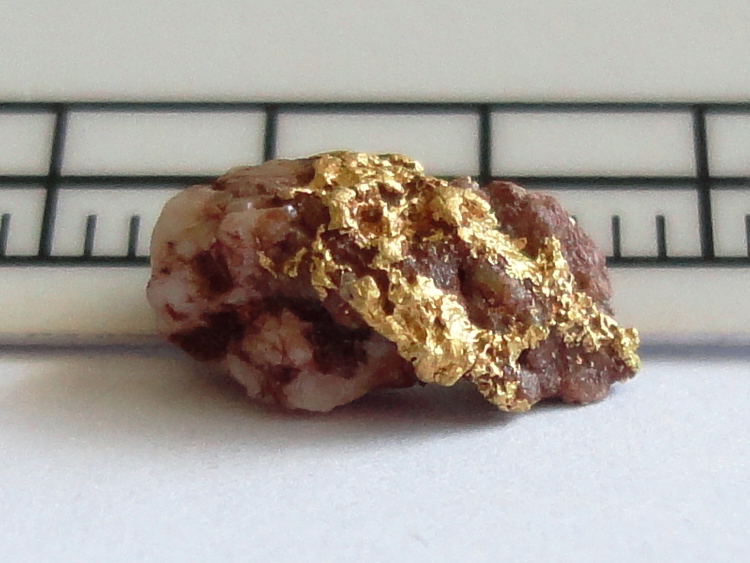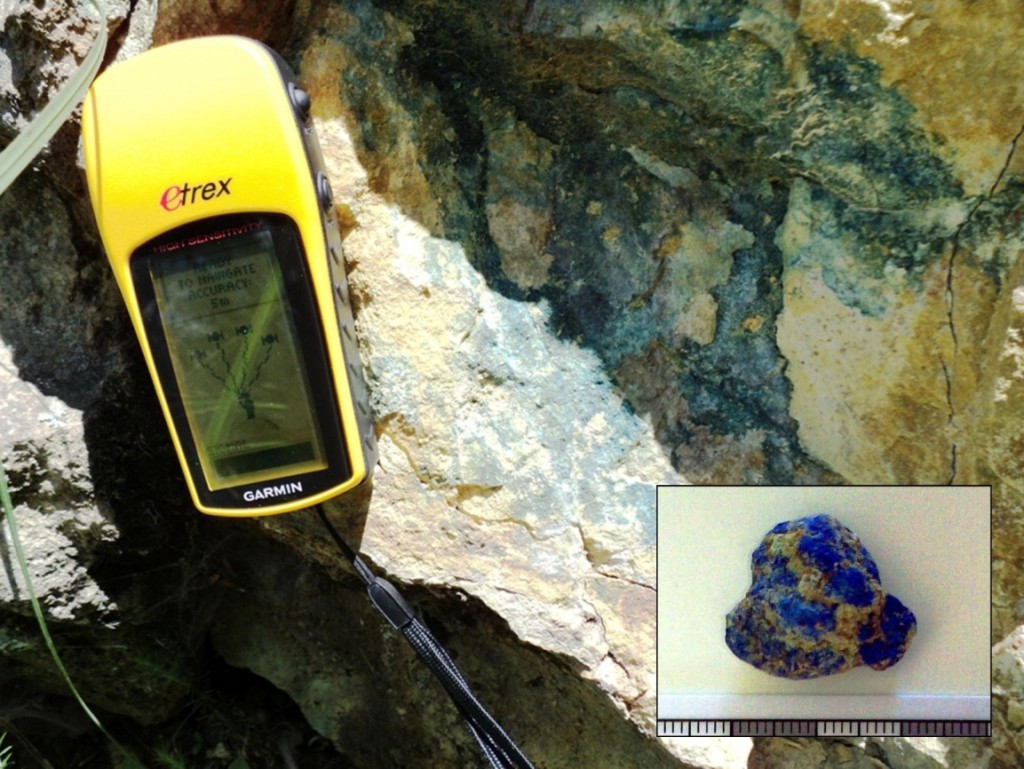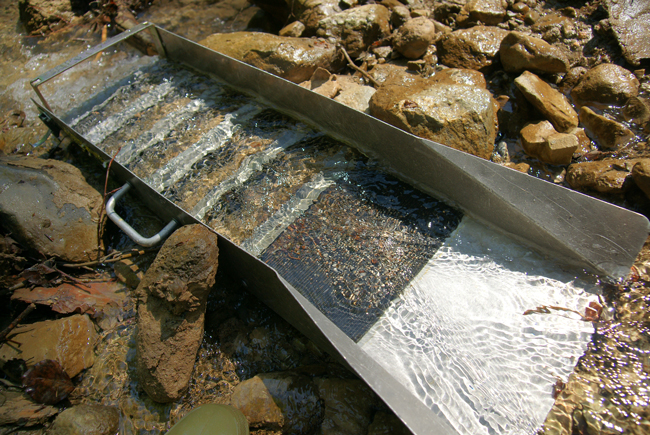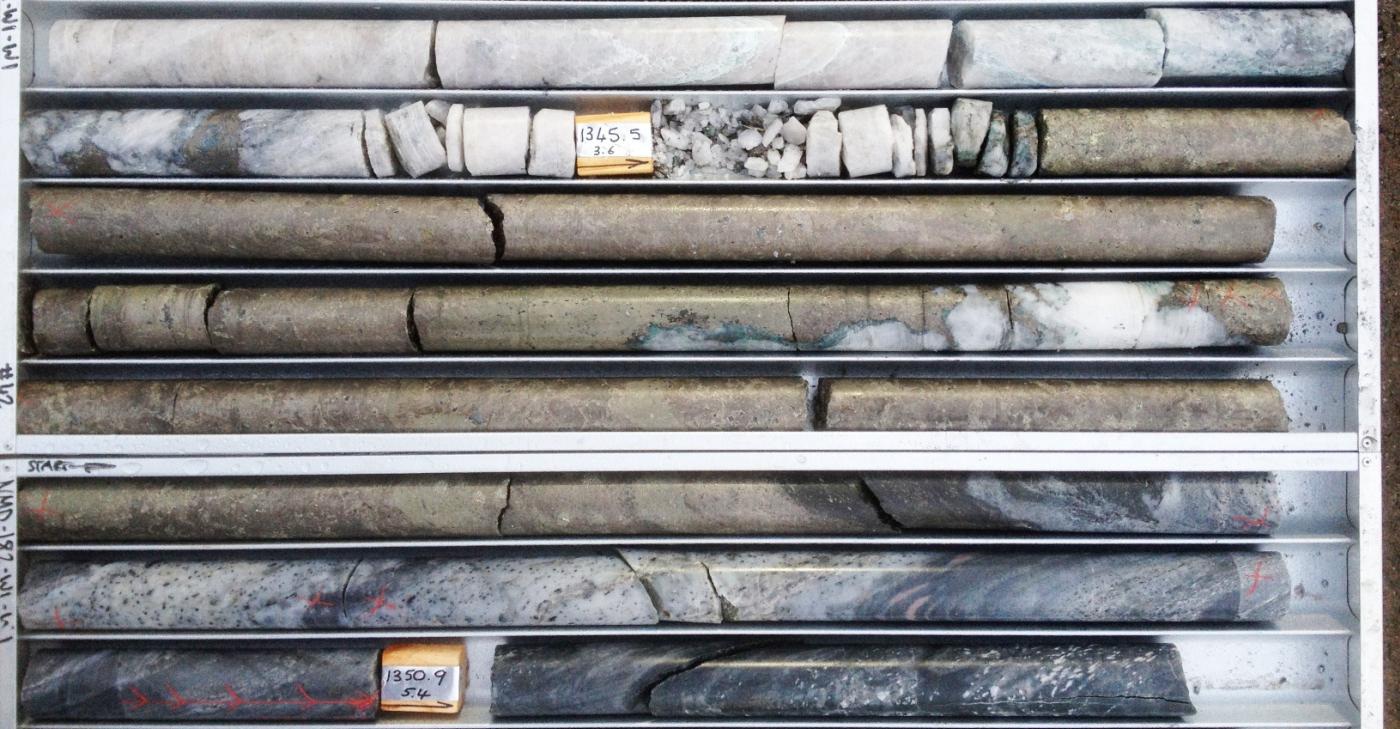Silica
Silica (SiO2) occurs naturally as crystalline quartz, some less important forms of quartz, and opal. Quartz can be found in both hard, large crystal forms as well as being broken down into sand. Silica sand from coastal dunes is a major source of silica raw material (thanks to its perfect size and weathering profile); but is also mined from hard rock deposits and crushed down to the appropriate size. Natural quartz crystals are not used in most electronic applications; rather they are manufactured owing to the ability to create higher quality crystals.
Silica can be found in paint, rubbers, ceramics, cements, glass products, foundry casts, cement, glues, sports and leisure surfaces, agriculture, electronics, pharmaceuticals, cosmetics, silicon metal and also as frac sand. Most silica in the USA is used in glass, construction, foundry purposes, with a remaining estimated 40% used in the fracturing, or “fracking” of subsurface rock for petroleum production.
The US is the largest producer and consumer of “Frac” sand, most of which is mined around the Great Lakes Region.
Opal demands less attention, but is worth a look none the less. While there is currently no consensus on the nature of formation of opal, there is general agreement about the surface indicators (such as faults and other geological features) that may indicate the presence of opal. Opal is the hydrated form of silica, with a variable amount of water, and is made up of microscopic spheres of silica.
The shine and colors produced by the microscopic spheres in opal is the thing people look for when purchasing or mining opal. Opals are used solely as gemstones in jewelry, with Australia by far the world’s biggest producer.
Diatomite
Diatomite (also known as diatomaceous earth) occurs as accumulations of the silica-rich fossil skeletons of microscopic aquatic plants known as diatoms. These diatoms flourished in prehistoric fresh and salt water environments across the globe (although most deposits are from freshwater environments). The world’s largest worked diatomite mine is the Lompoc mine in California, USA, operated by Imerys.
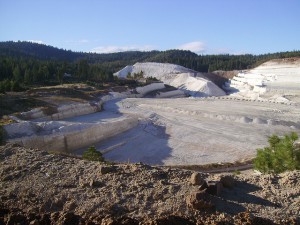
“Big Diatomite Mine” by Alisha Vargas on flickr CC BY 2.0
Extremely light and absorbent, diatomite is mostly used for filtration of liquids like beer, wine, fruit juices, medicines and industrial chemicals. Otherwise, diatomite can be found in agriculture, cement mixtures, cat litter, toothpastes, paint, rubber, paper and pharmaceuticals. These commercial grade deposits typically consist of 84-94% silica and 1-7% aluminium oxide.
While the geology of diatomite is relatively simple, the market applications are complicated, vast and varied as are the ways of testing a deposit’s suitability for any one application. A geologist plays a large role in assessing whether these deposits are viable, not only for their marketable properties but also the deposit’s physical size. Because diatomite is a generally low-priced commodity, large quantities need to be mined to be viable, as well as much value-adding.
Further Reading
- Hydraulic Fracturing (Frac) Sand Sources and Production in the United States (USGS Website)
- Opal Assocation (Website)
- International Diatomite Producers Association (Website)

